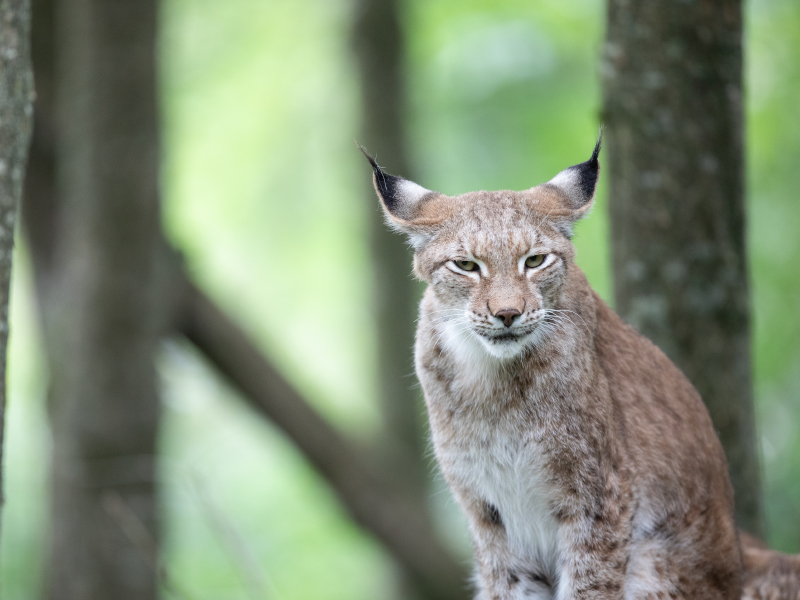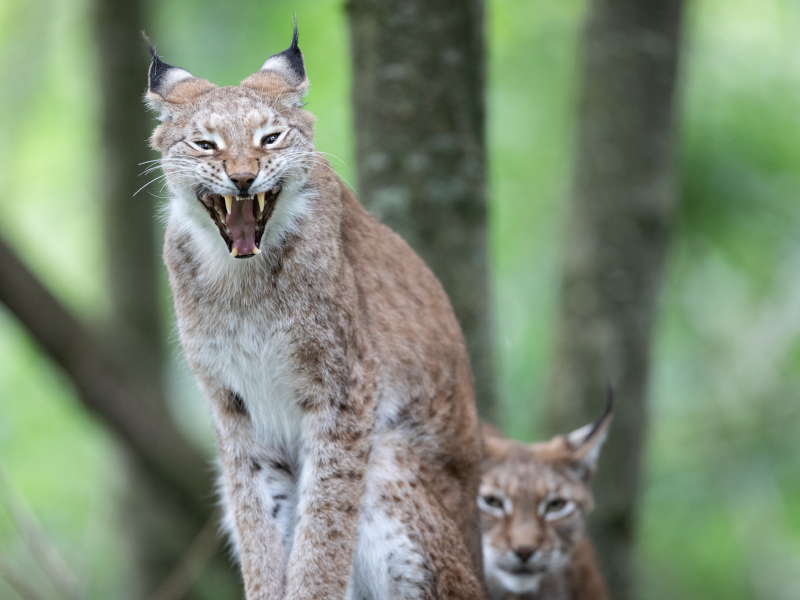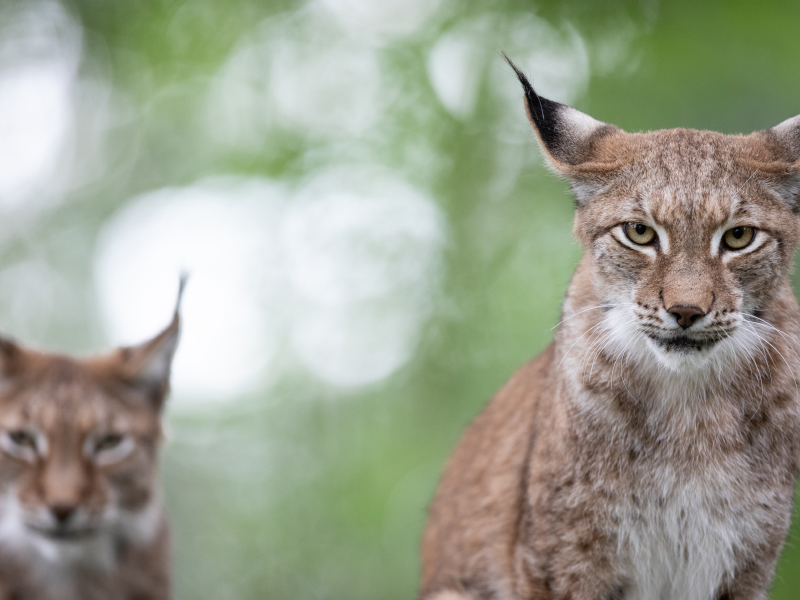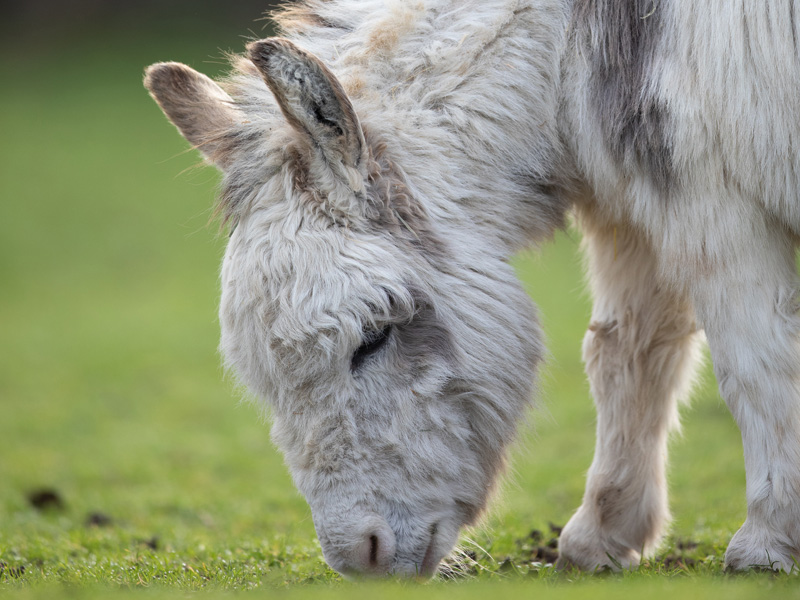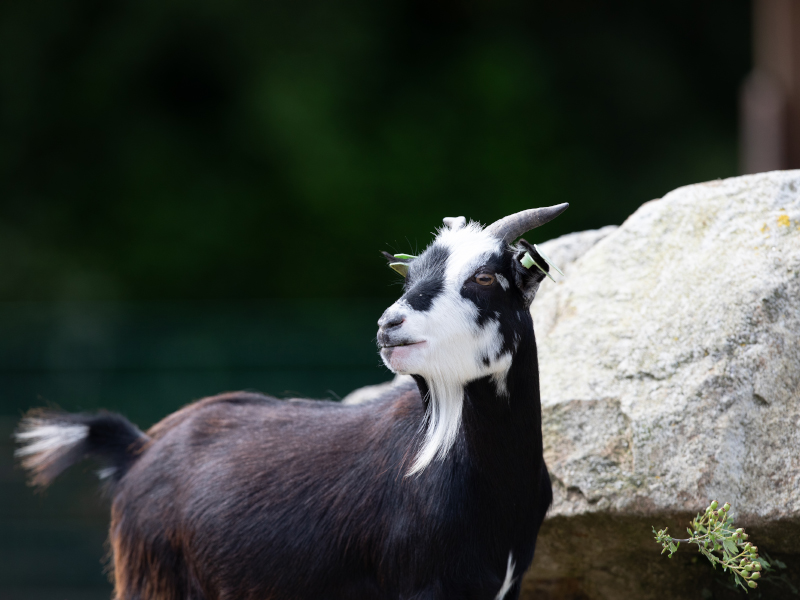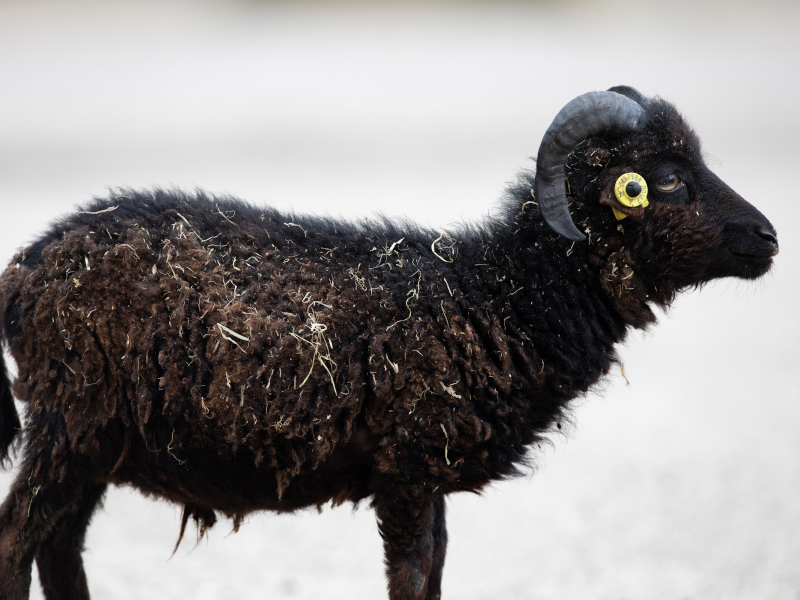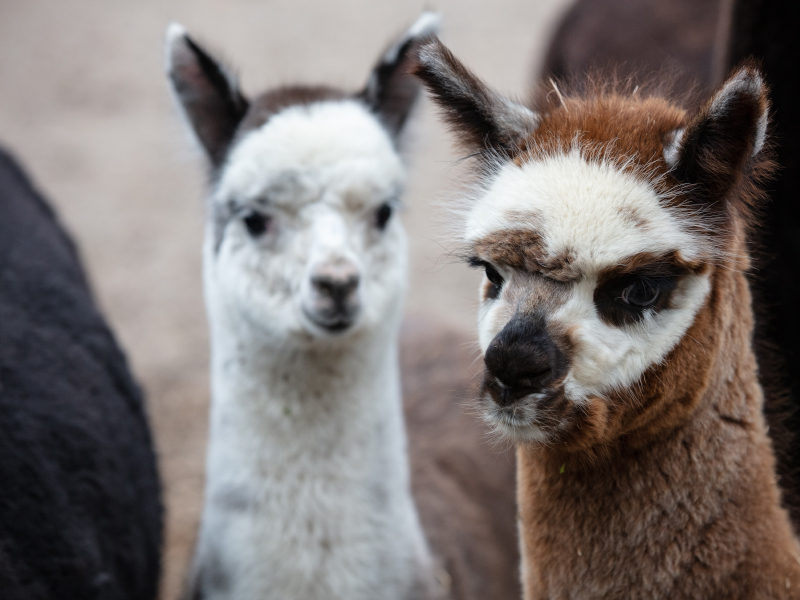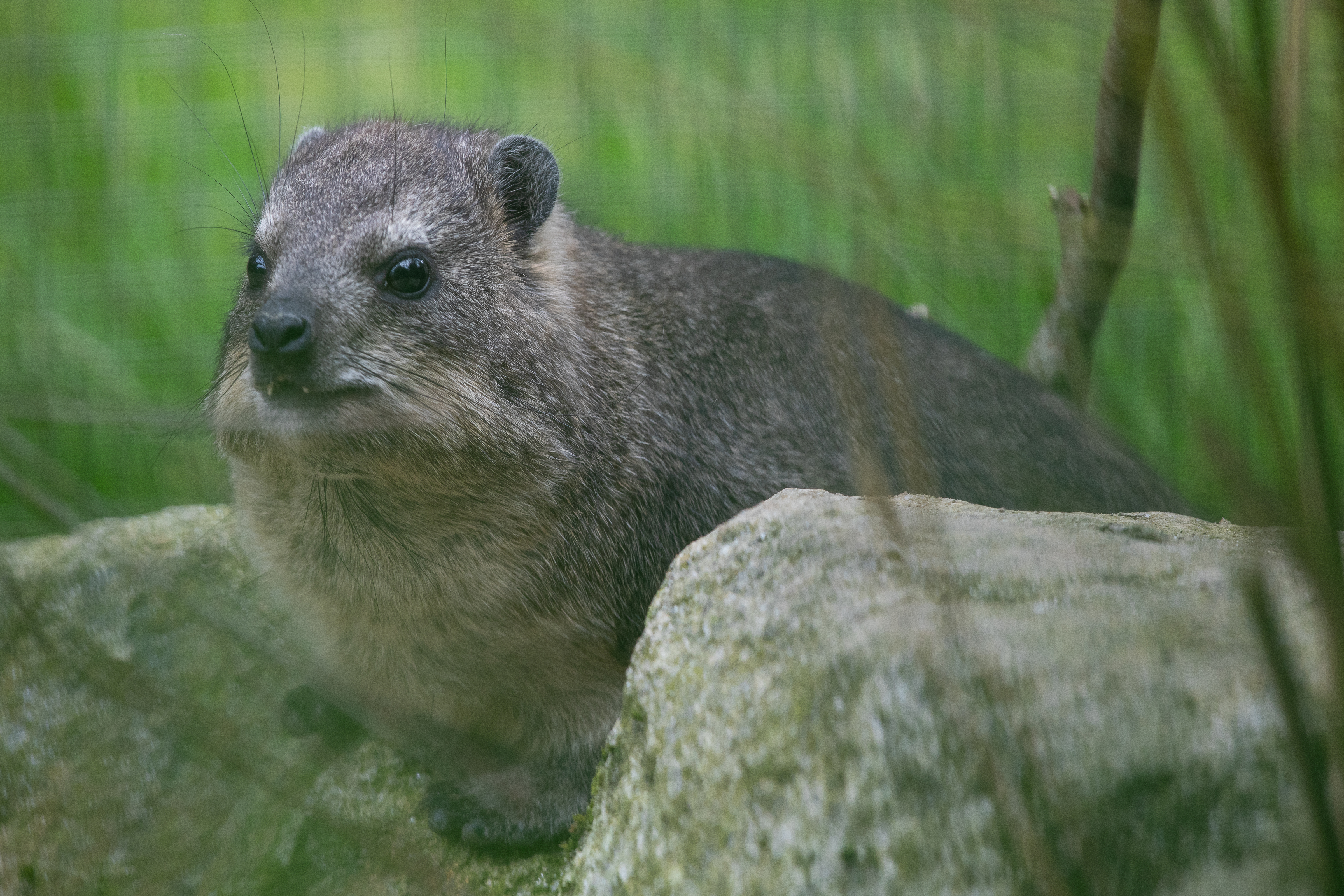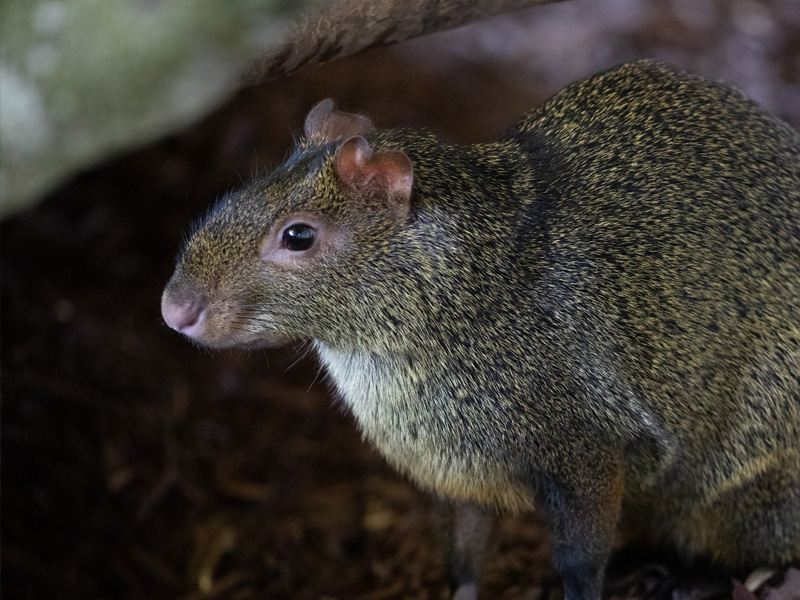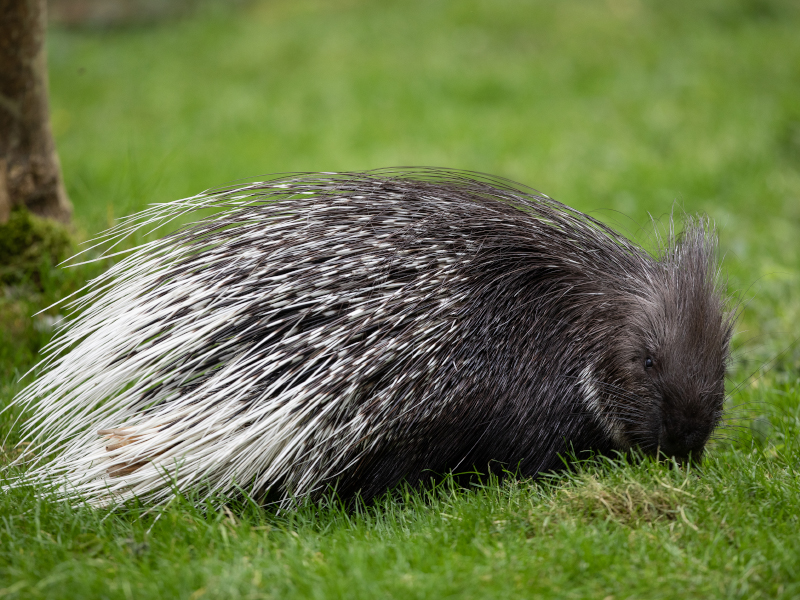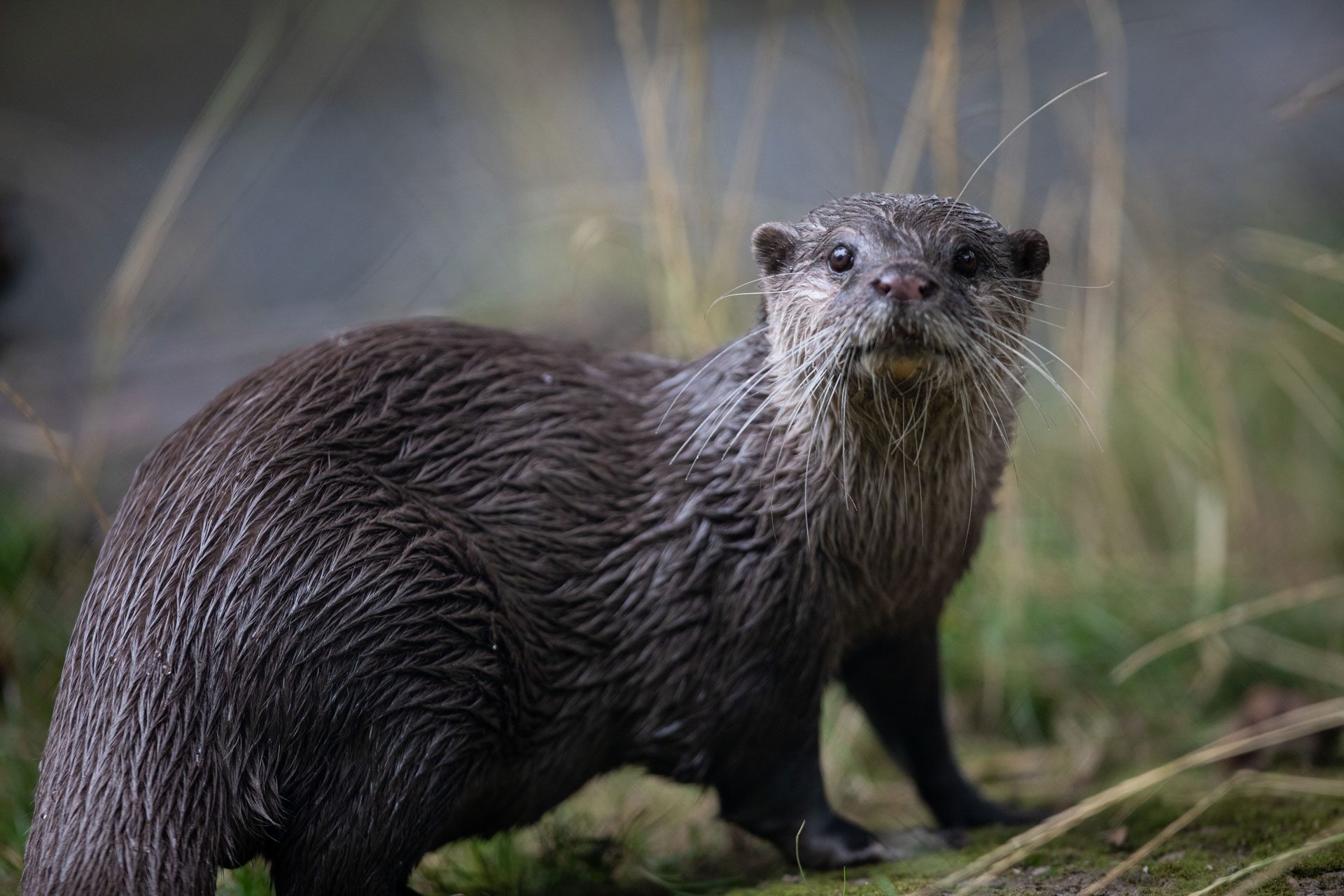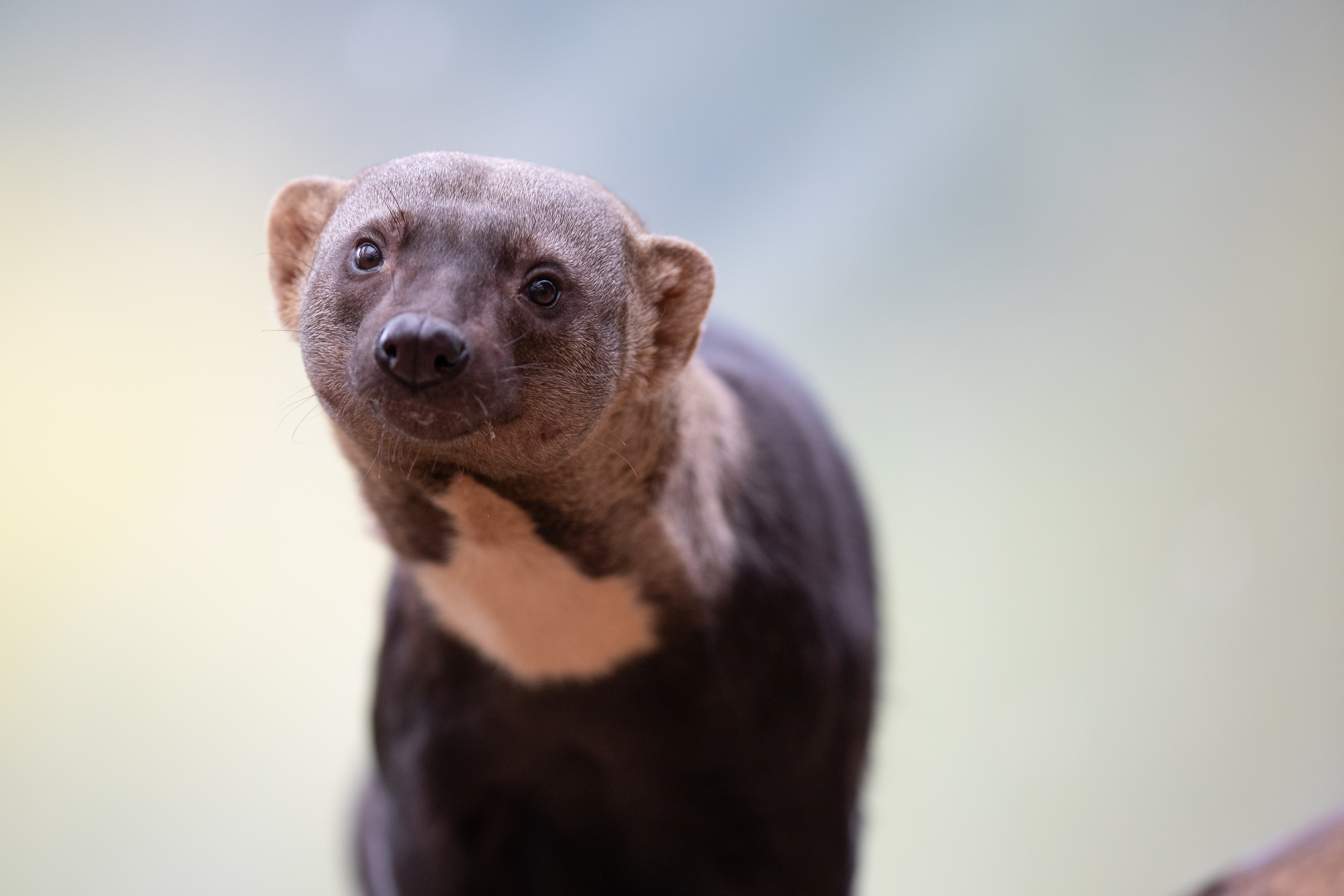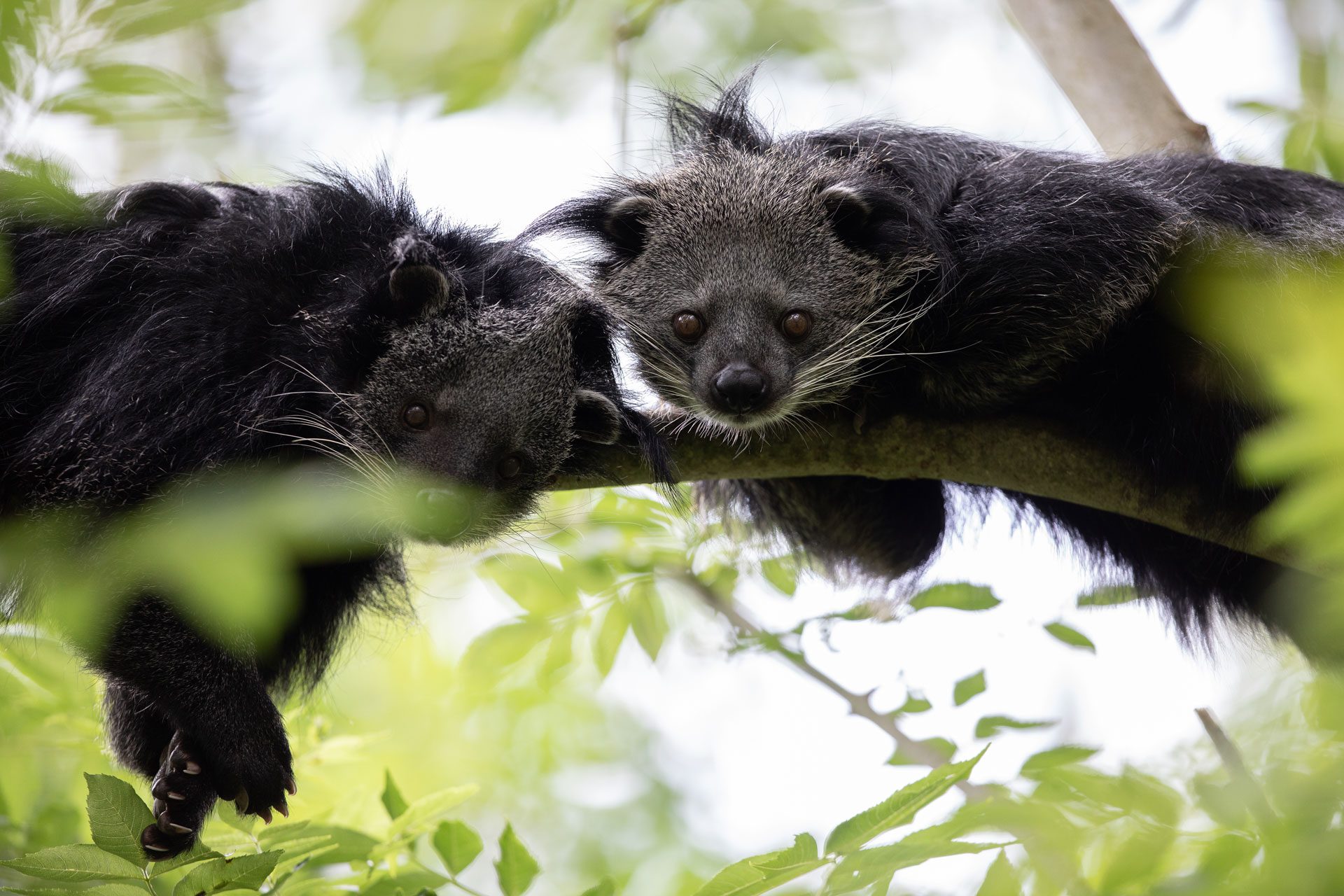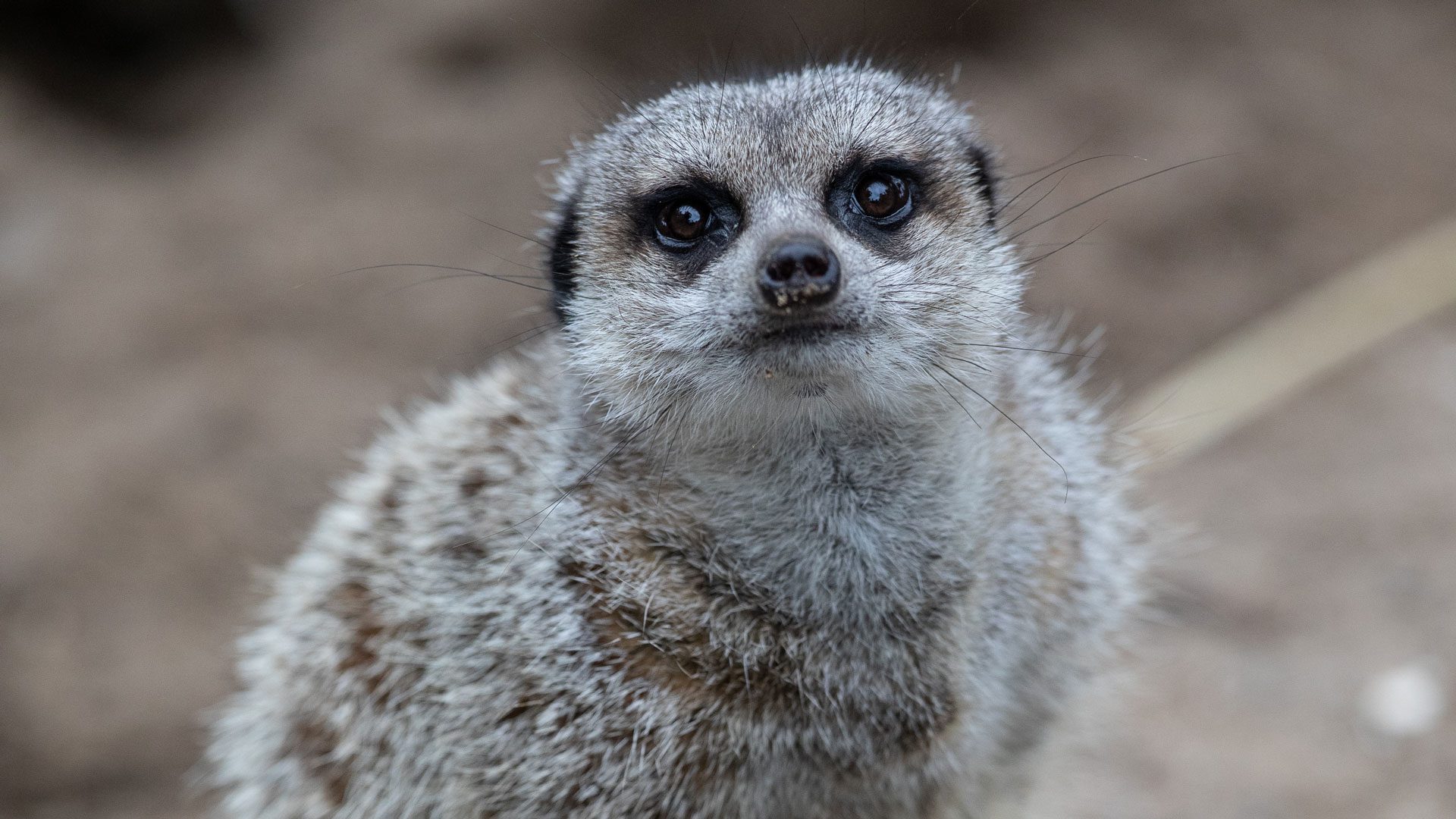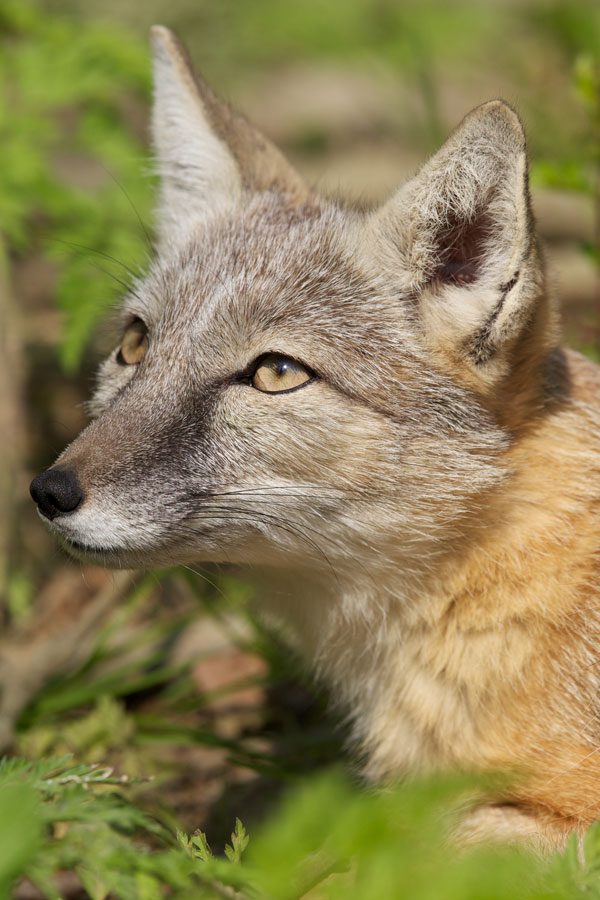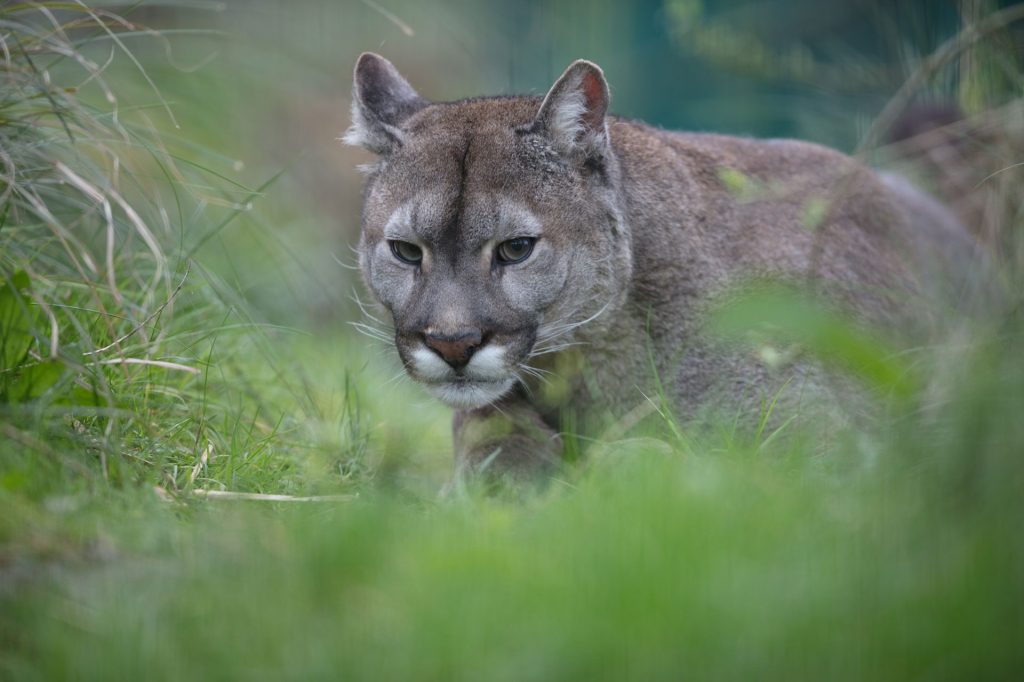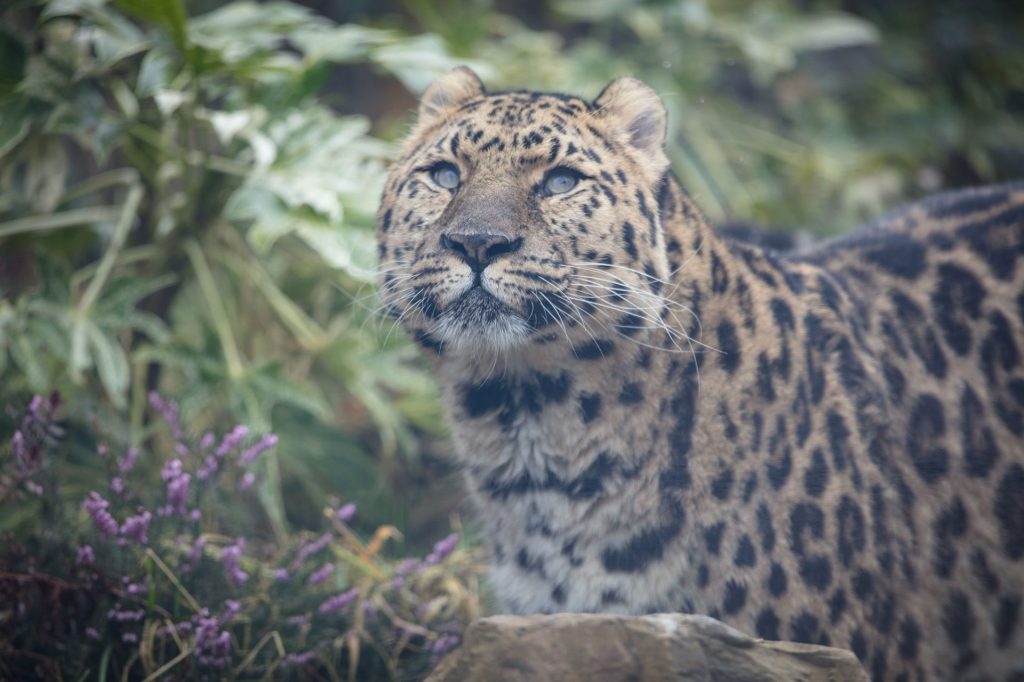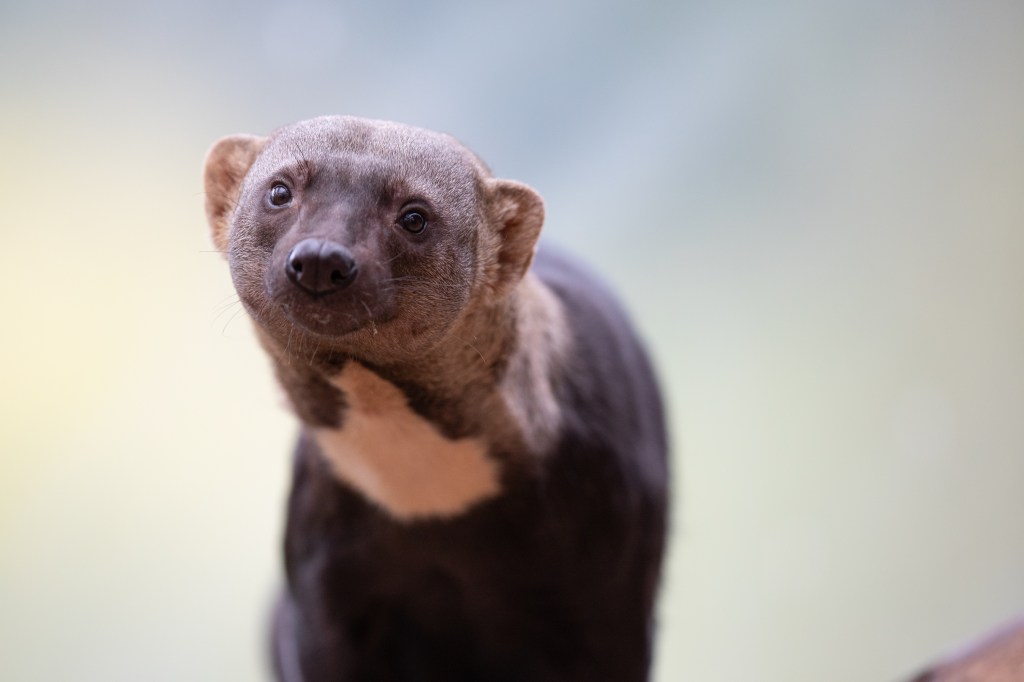The Eurasian lynx has yellow grey to grey-brown fur that is marked with black spots and white underparts. They have long ears that are tipped with tufts of dark hair, a short tail, and long legs with broad footpads. They are adapted to live and hunt in a colder seasonal climate. In the winter they have a thick coat and their broad footpads are used for walking on snow. In warmer months they have a lighter fur coat.
They are solitary animals that will only come together to mate. They are a mainly nocturnal species that prefer to hunt at dusk and dawn but when food is scarce, they will sometimes hunt during the day.
Eurasian lynx are predators in their habitat playing an important role in the regulation of prey species. Through influencing the population size, behaviour, and distribution of prey species, such as roe deer and chamois, they ensure there is balance in the ecosystem.

Popular Searches
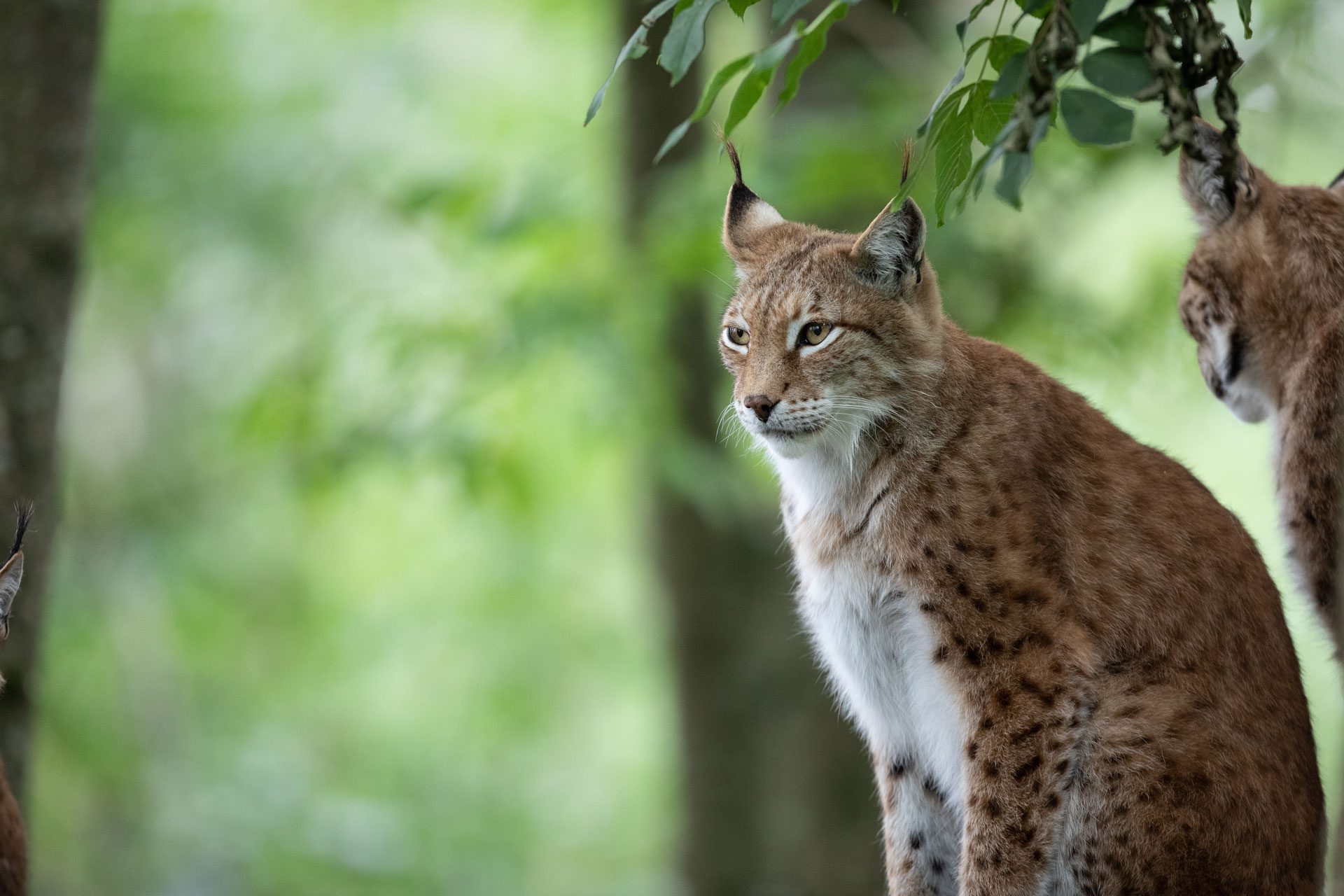
Eurasian lynx
-
Introduction
-
Conservation
Eurasian lynx are classed as least concern.
Numbers of lynx are stable throughout their range excluding Western Europe, where increasing urbanisation has led to a reduction of prey and suitable habitat for the lynx.
Although they are now a protected species, illegal hunting for their fur continues and this illegal skin trade remains the greatest threat to its survival.
Emerald Park conservation contribution:
Wildlife Vets International
In the past, Emerald Park, has donated to Wildlife Vets international (WVI) who aid conservationist and local vets, around the world, to save endangered species. WVI have been involved in developing ways to mitigate the risk of Canine Distemper Virus (CDV) to animals in the wild. -
Habitat
Eurasian lynx have can be found over a wide range that extends right from Western Europe, Russia, the Tibetan Plateau, and down through Central Asia. They can also be found up high in the Himalayas, up to elevations of 2,500 meters.
They inhabit deciduous and mixed forests, open wooded regions and rocky hills and mountains. -
Fun Facts
Eurasian lynx females will come into season only once a year. After pregnancy they will give birth to a litter of 1-4 cubs, in a den that has been created at the base of an old tree, rocky crevice, or in dense vegetation. The kittens remain nursing for 3-5 months but can eat solid food after one month and become independent at approximately 10 months of age.
The Eurasian lynx is currently being studied to assist in the conservation of the highly endangered Iberian lynx.



